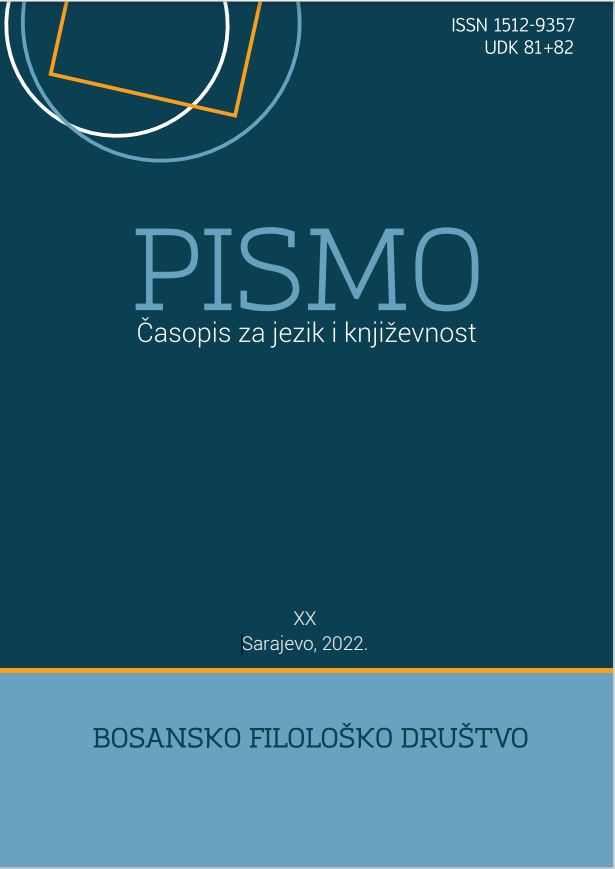Umjetni jezici u Bosni i Hercegovini
Artificial Languages in Bosnia and Herzegovina
Author(s): Halid BulićSubject(s): Sociolinguistics, South Slavic Languages
Published by: Bosansko filološko društvo
Keywords: artificial language; auxiliary language; international language; Šifranto; interlinguistics;
Summary/Abstract: From the 19th century until present, several artificial languages have emerged in Bosnia and Herzegovina, and several theoretical and historical reviews of artificial languages have been written. However, neither these artificial languages nor scholarship about them are very well-known to modern linguistics. In this paper, the author presents the artificial languages created in Bosnia and Herzegovina, bearing in mind the theoretical problems (distinguishing artificial language from the ludic use of natural language), the historical circumstances, the intended purpose of individual languages, and their structure. The research has led to five different codes that can be considered artificial languages. These are the Banjak language, the Internasional, the International language (without a more precise name), the Šifranto, and the language(s) of the inhabitants of the fictional Tufabe desert from the short story U pustinji Tufabe: Utopis iz prijestonice afričke nezavisne republike N’Tumbe (“In the Tufabe desert: Utopian Travelogue From the Capital of the African Independent Republic N’Tumbe”) by Nenad Veličković. These languages are very different from each other. The Banjak language is a secret language used by construction workers from Osat (Srebrenica, BiH) in communication so that foreigners would not understand them. The lexis of this language/code is of a different origin, mostly adapted from Albanian. Inflection, derivation, syntax and phonetics are the same as in Bosnian. Pavle Mitrović, Ph.D., was a great enthusiast of the idea of an international auxiliary language, so he conceived two languages himself – first the Internasional (1935) and then the International language (1957), which he did not give a special name to. They are typical a posteriori languages, with simple grammars and vocabularies based on internationalisms, mostly of Latin origin. The Šifranto language, created by Mustafa Mulalić, is also conceived as a possible international auxiliary language. It is based on the labelling of terms with predictable combinations of Arabic numerals, and the symbolization is entirely conceived in advance, so it is a typical a priori language. The language of the story U pustinji Tufabe: Utopis iz prijestonice afričke nezavisne republike N’Tumbe by Nenad Veličković was developed for the usage in the story and only to the extent that the idea of the story needed.
Journal: Pismo - Časopis za jezik i književnost
- Issue Year: 2022
- Issue No: 20
- Page Range: 9-34
- Page Count: 26
- Language: Bosnian

